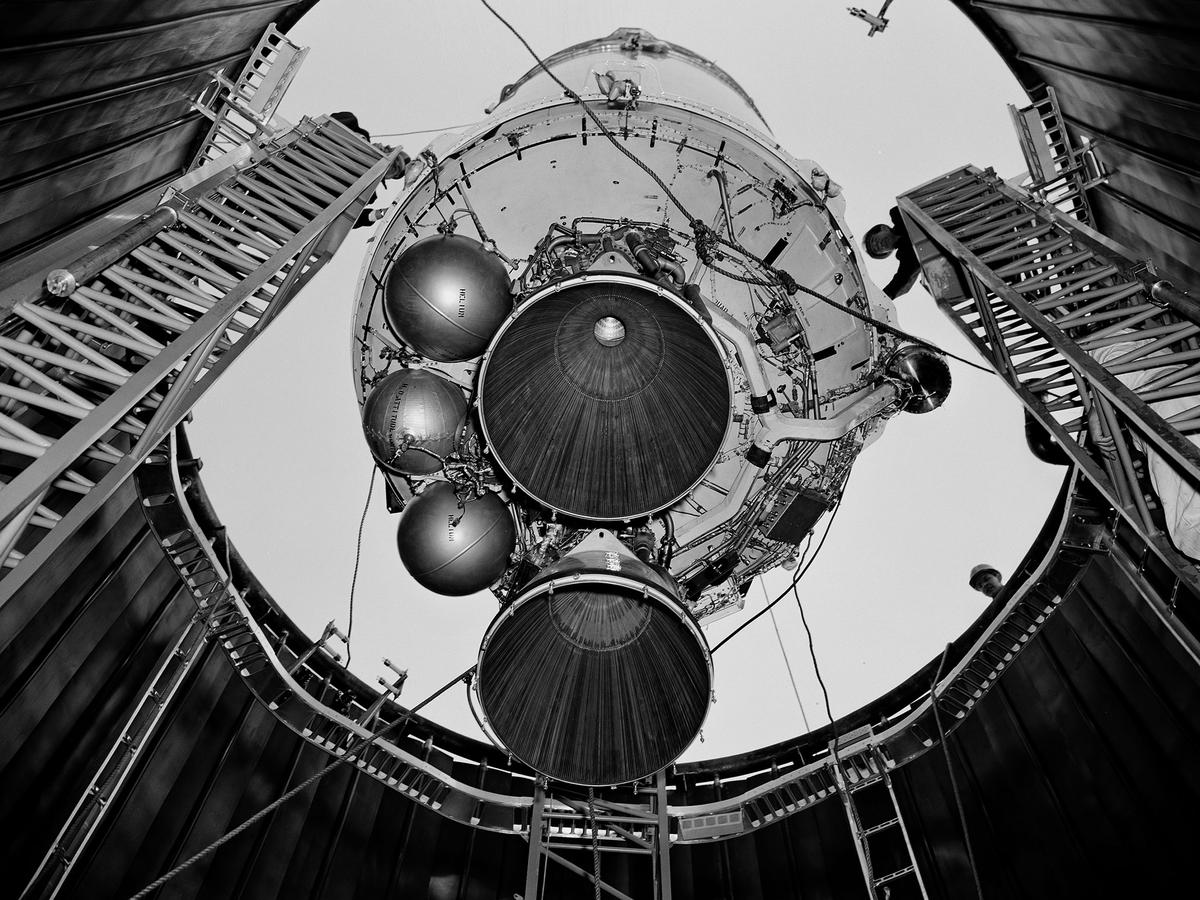
A Centaur that serves as a workhorse
The Hindu
The Centaur upper stage rocket is a family of high-energy rockets that has played a pivotal role in advancing global communications and furthering our knowledge of space. November 27, 1963 is an important day in its history as it marked the first in-flight burn of a liquid hydrogen / liquid oxygen engine. A.S.Ganesh takes a look at how Centaur came to be and one of its first significant milestones…
When we speak about successful space missions, we generally talk about the results they delivered – the satellites that now orbit the Earth or the probes that gathered invaluable data from other planets. There’s a lot of work and plenty of factors, however, that goes into reaching that point. One of them is the upper stage rocket that boosts satellites into orbit and propels probes into space.
Among upper stage rockets, Centaur is a significant achievement as it has served as America’s workhorse in space and has been involved in many success stories. Used for over 100 unmanned launches, Centaur has expanded the frontiers of space and revolutionised communication.
Centaur’s beginnings predate even the existence of NASA as the U.S. Air Force studied a proposal from General Dynamics / Astronautics Corp. to develop a new booster stage in 1957. With the space race between the U.S. and the Soviet Union heating up during this period, the idea was to give the country an edge, providing a means of orbiting heavy payloads in a very short time.
In 1958, the year NASA was established, Centaur became an official hardware programme with the Air Force as its assigned development authority. While the heaviest Soviet satellite orbiting the Earth at this time was the 1360 kg Sputnik III, the U.S. had plans for boosting payloads to up to 3850 kg. They planned to achieve this using Centaur, which was to have a new propulsion system using liquid hydrogen, mixed with liquid oxygen.
By July 1959, Centaur moved from the jurisdiction of the Department of Defense to NASA. Centaur’s planned schedule of testing and operation, however, proved too optimistic, as there were a mountain of problems, failures, and delays to overcome.
In 1962, American engineer Abe Silverstein put his hand up and convinced NASA that his Lewis Research Center could debug the Centaur and manage its problems. Once the entire responsibility was assigned to Lewis under Silverstein, the Lewis engineers got to work, perfecting the booster, while carrying out complex research and development to ensure Centaur’s reliability. The fact that Lewis had been involved in pioneering work on high-energy liquid propellants for rockets helped, as this meant that most engineers working with Centaur were already aware of safely handling the liquid hydrogen / liquid oxygen cryogenic fuels that it used.
The original Centaur rocket measured 30 feet long and 10 feet in diameter. As it used very cold propellants (liquid oxygen at -297 degrees Fahrenheit and liquid hydrogen at -420 degrees Fahrenheit), its tanks required special construction. A doubled walled bulkhead not only served as a heat barrier, but also separated the two compartments containing liquid hydrogen and liquid oxygen. Made of stainless steel less than 200ths of an inch thick, the tank was extremely thin and light-weight even once pressurised.
